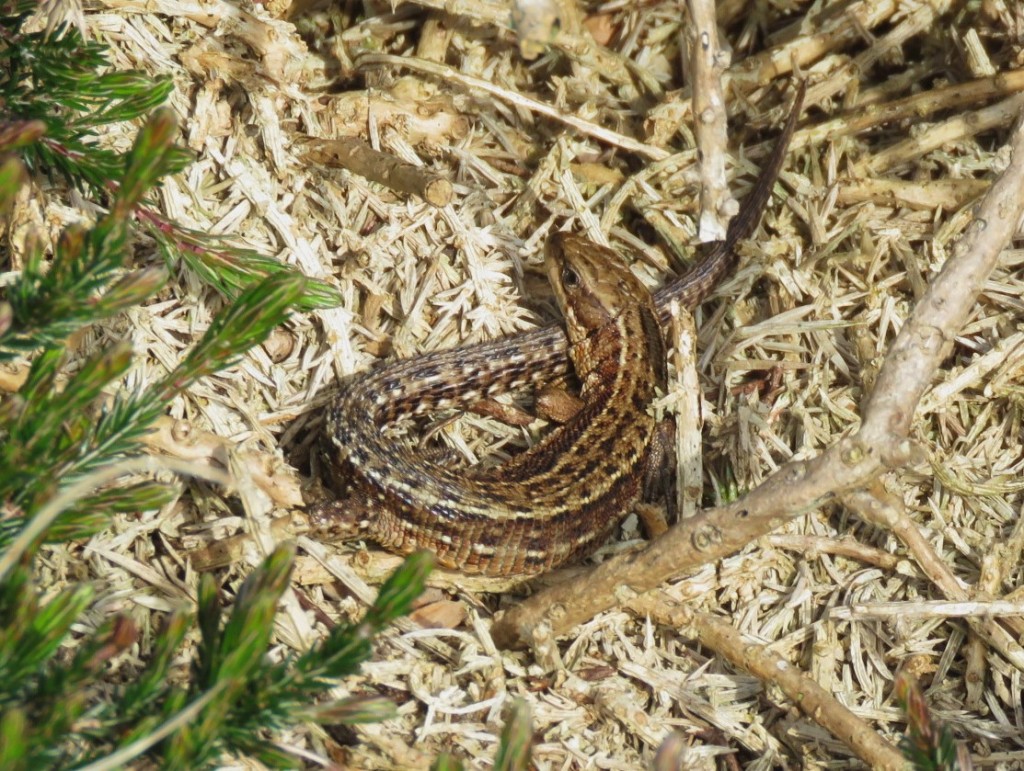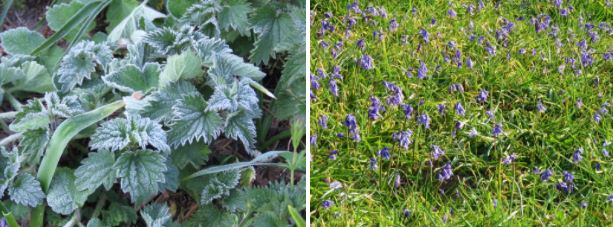I’m sitting at my kitchen table, tucking into a cream cheese bagel. The back doors are open and warm sunlight floods the room. The soundtrack to my lunch is a skylark singing, its endless song carrying from nearby fields.
Reaching this point in the year feels like crossing the finishing line after completing the marathon that is getting through the winter. Somewhere in the middle of it, we moved house – on the coldest, crispest day there was. It took the new place about a month to overcome the lingering chill even with the heating on. Apart from that day, and a handful of others, the rain this winter was unrelenting. It was needed; at the end of last summer’s drought, the reservoirs were like puddles. Now they are back to full capacity. But now the fields have become reservoirs as well. So have the roads and the river estuaries. Winter crop yields have suffered, we are told. Cliff paths have been volatile, the edges crumbling frequently.
Spring has limped in slowly and meekly. Hearing the first chiffchaff singing – in the new garden, no less – felt like cause for celebration. However, there were a few winter wins. I discovered purple sandpipers in Newquay, a new bird for me. Seals are reliable all year round, once you know where to look for them. There seemed to be strong numbers of redwings. And my new garden bird list already has a few stars – a blackcap in the first week; a flock of long-tailed tits that visited once, and a male sparrowhawk.

Today, the sun encourages us out to visit St Agnes, on the hunt for the stunning emperor moth. Despite being the school holidays, last week’s continuation of rain (at times torrential) seems to have driven everyone away, and the coast path is eerily quiet for such a fine day – aside from the choughs, which are courting noisily, and tiny wrens and linnets somehow making their songs heard above the brisk wind. Wildflowers are blooming; I identify a dainty pink-petaled plant as common lousewort, a lacklustre name considering its prettiness. In a sunny clearing within the heather and gorse, we find a common lizard basking. An hour’s search does not unveil any emperor moths this time, but there is still time, with their breeding season ending around mid-May. We’ve found them here before and will likely return before summer for another attempt.




You must be logged in to post a comment.